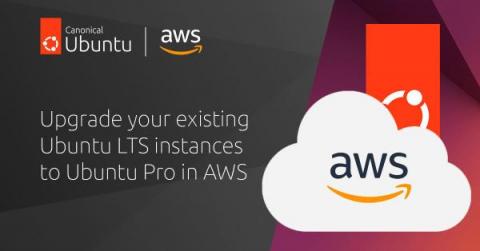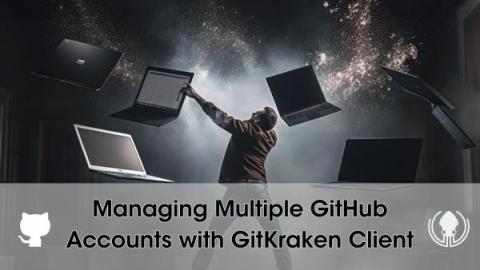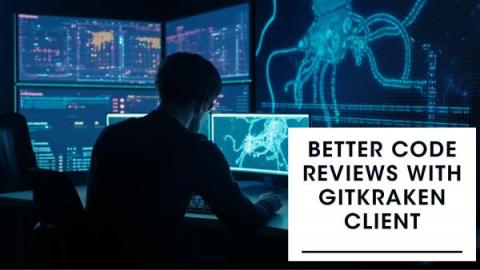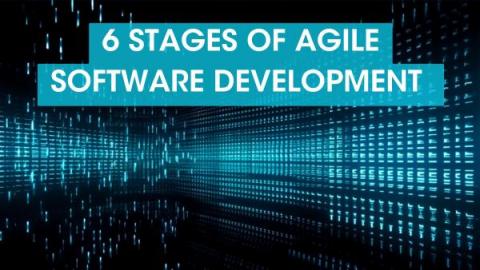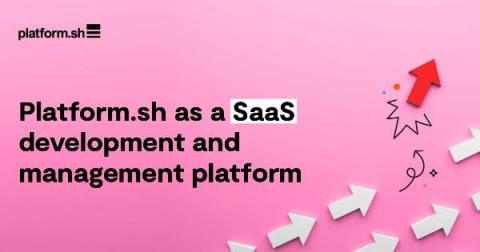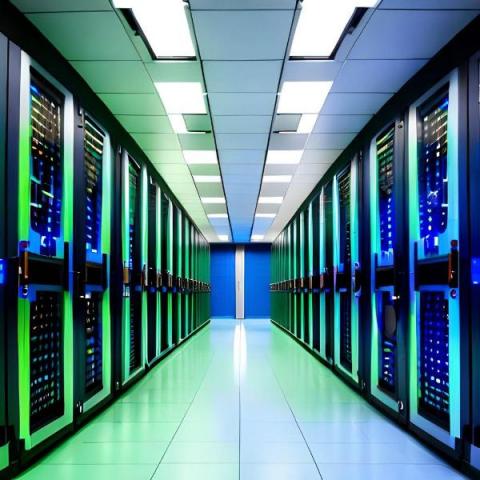Upgrade your existing Ubuntu LTS instances to Ubuntu Pro in AWS
In April 2023, Amazon Web Services (AWS) released a new functionality that allows users running Ubuntu LTS to upgrade their instances to Ubuntu Pro with just a few clicks. This upgrade provides additional security features, including patching for universe packages, extended security management for an additional five years, live kernel patching, and access to FedRamp and FIPS modules.


